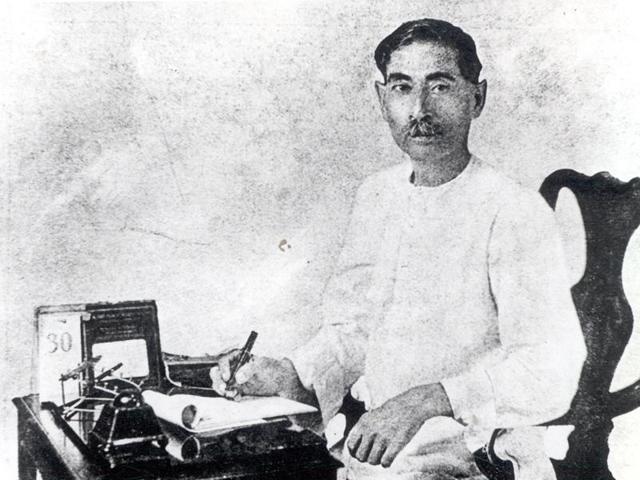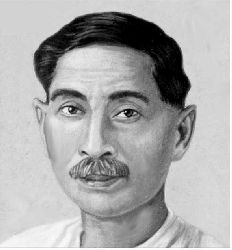

Mansarovar is considered one of his most popular story collections. Many of Premchand’s stories were published in a number of collections, including the 8-volume Mansarovar (1900–1936). Premchand’s last published story is ‘Cricket Matching,’ which was published in Zamana in 1938, after his death.

Mangalsootra (published in 1936) is considered his last published novel, though it was incomplete. “Godan” is considered the best literary work of Premchand, which was also his last completed literary work. Seva Sadan was originally written in Urdu titled Bazaar-e-Husn. “Seva Sadan” was his first breakthrough novel for which he earned Rs. In the same year, he published a short story collection titled ‘Soz-e-Watan’ in Zamana, which was banned by the British Government officials on the pretext of being seditious in nature. His first published short story is ‘Duniya Ka Sabse Anmol Ratan,’ which was published in the Urdu magazine Zamana in 1907. In this novel, he exposed corruption among the temple priests and the sexual exploitation of poor women.

Premchand’s first published novel is considered to be ‘Asrar-e-Ma’abid’ (Devasthan Rahasya in Hindi), which was published in 1903.

Reportedly, Premchand had first composed his literary work during his stay at Gorakhpur when he was still a primary student, though this work could never be get published and is now lost. In 1931, he again took the job of a teacher and briefly taught at Kanpur’s Marwari College before leaving it due to some differences with the college administration. He quit his teaching job in 1921 after attending a meeting of Mahatma Gandhi held on 8 February 1921, where Gandhi had summoned all government employees to relinquish their jobs to participate in the non-cooperation movement. When he got remarried to a child widow named Shivarani Devi in 1906, the contemporary conservative society condemned this act as getting married to a widow was a social stigma at that time.Ī plaque commemorating Munshi Premchand at the hut where he resided in Gorakhpur It is believed that Premchand never tried to brought her back to his home. After one such heated argument, his wife left him and went to live at her father’s home. Reportedly, it was not a happy marriage, and they often had quarrels over frugal family issues. His first marriage, which was arranged by his maternal grandfather, took place when he was 15 years old and was studying in 9th standard at the Queens College in Benares in 1895 the bride was from a rich landlord family and was older than Premchand. In his life, Premchand got married twice. Apart from Suggi Rai, he had two more sisters who died as infants. Premchand was the fourth born child to his parents. Guru Sahai Rai was his grandfather who was the village land record-keeper (better known as “Patwari” in north India). It is believed that his mother was most probably the inspiration behind the character of “Anandi” in his 1926 novel “Bade Ghar Ki Beti.” Here’s an excerpt from Bade Ghar Ki Beti – His mother, Anandi Devi belonged to a wealthy family of the Karauni Village in Uttar Pradesh. Munshi Premchand’s father, Ajaib Rai was a post office clerk in the British India Government. Premchand was born in a middle-class Kayastha family. Later on, he continued his studies and received a BA degree in English Literature, Persian, and History from Allahabad University in 1919. Queens College in Varanasi where Munshi Premchand studied


 0 kommentar(er)
0 kommentar(er)
